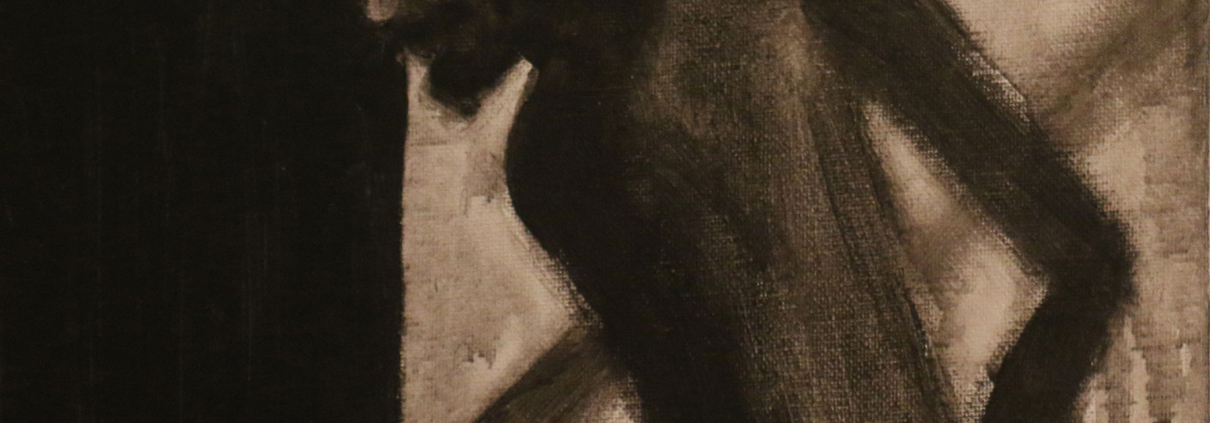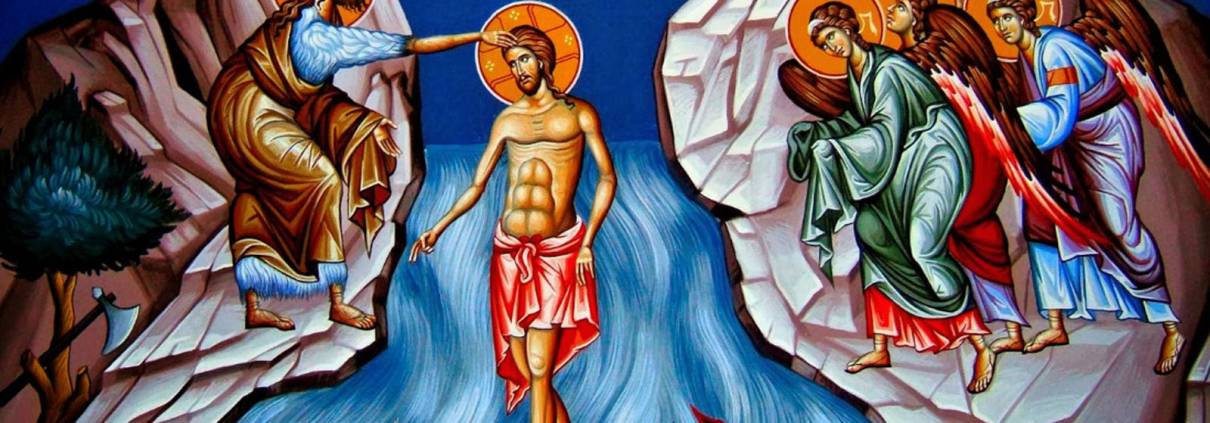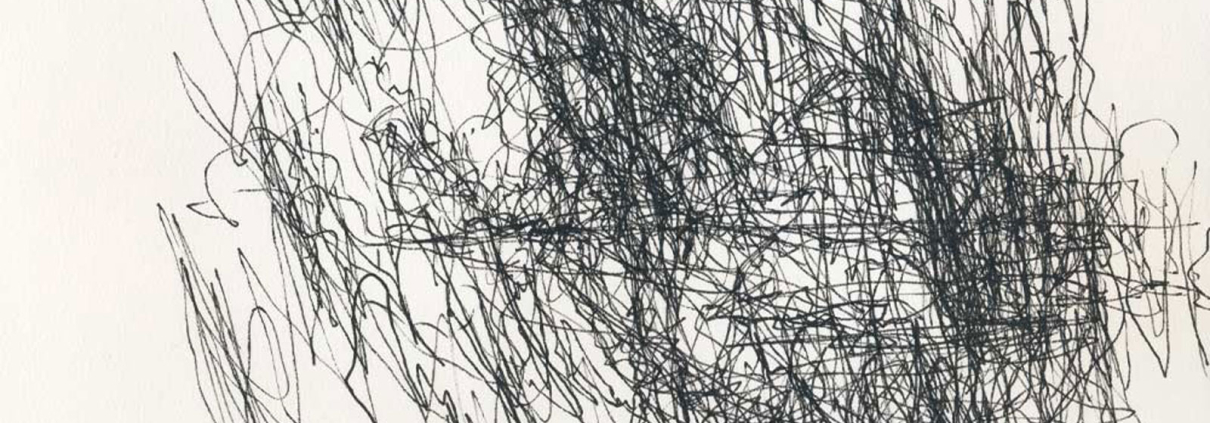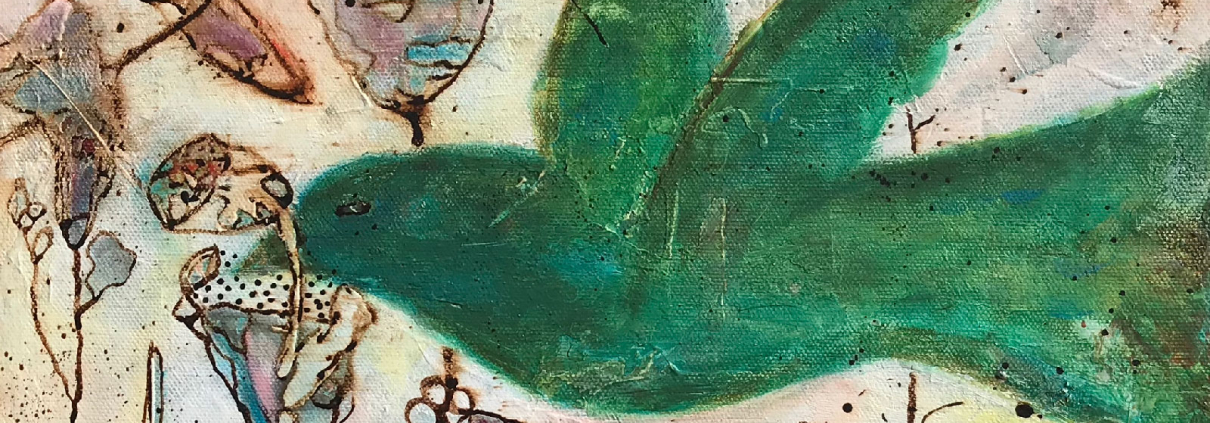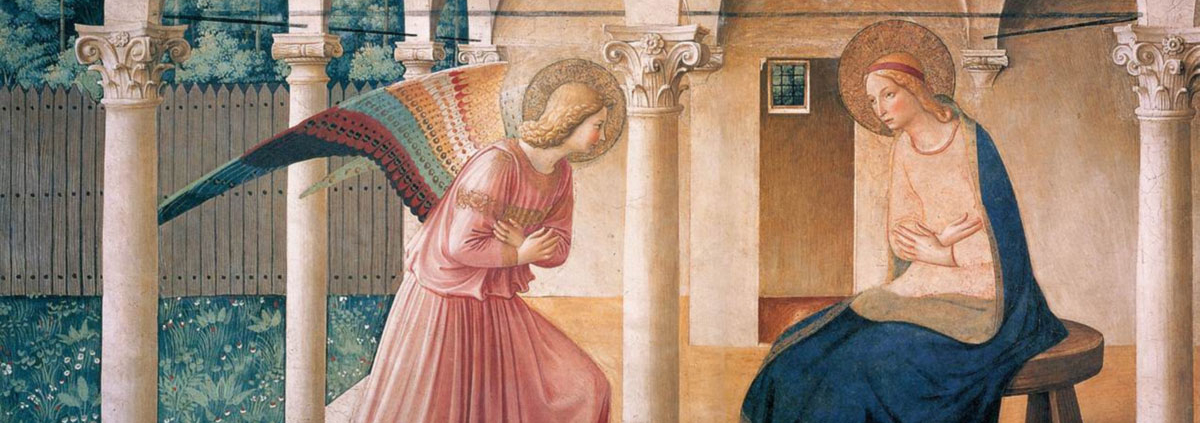‘The unsettling journey of Lent’
HOMILY: As we embark on the Lenten journey, we are invited into a season designed not just to alter but to fundamentally disturb our comfortable lives. Lent disorients us from the norms, pushing us to the uncomfortable edges of our existence.

